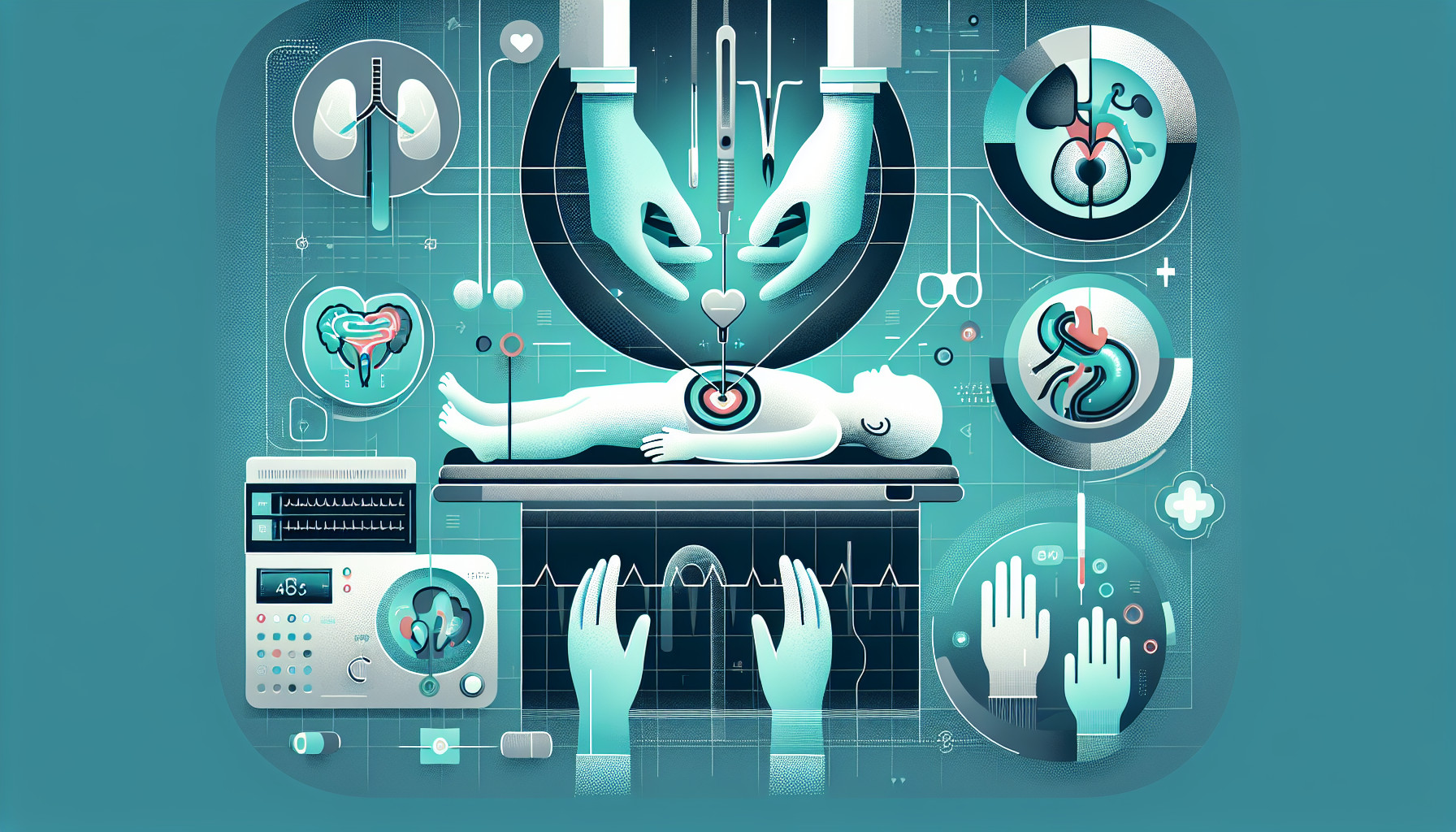Our Summary
The research paper talks about using less invasive surgical techniques in treating children. These methods involve smaller cuts, less post-operation pain, and shorter hospital stays. One method that’s growing more popular is using robots to assist in surgeries. This technique not only offers the benefits of less invasive surgeries but also provides better control, visibility, and comfort for the surgeon. While robot-assisted surgeries are commonly used in adults, especially for hernia repairs, their use in treating children is still being explored. The study mentions a few case reports and small case series that have successfully used robots in treating different types of hernias in children. These cases have shown that robotic surgeries are safe and practical for treating hernias in children, with very few post-operation complications or recurrences. The study suggests that future research should focus on larger patient groups to compare the results of traditional and robot-assisted surgeries.
FAQs
- What are the benefits of using minimally invasive surgical techniques in pediatric surgery?
- How does robotic surgery enhance the process of minimally invasive surgery, particularly in hernia repairs?
- What evidence is there to support the safety and feasibility of robotic repair of pediatric hernias?
Doctor’s Tip
One helpful tip a doctor might tell a patient about pediatric hernia repair is to follow post-operative care instructions carefully and to contact their healthcare provider if they experience any unusual pain, swelling, or symptoms after the surgery. It is important to attend follow-up appointments to ensure proper healing and to prevent any complications.
Suitable For
Patients who are typically recommended for pediatric hernia repair include those with inguinal hernias, umbilical hernias, and other types of abdominal wall hernias. Patients with recurrent hernias or complex hernias may also benefit from minimally invasive surgical techniques, such as laparoscopic or robotic surgery. Additionally, patients with underlying medical conditions that may make traditional open surgery more risky may also be good candidates for minimally invasive hernia repair.
Timeline
Before pediatric hernia repair:
- Patient presents with symptoms such as pain or swelling in the affected area
- Physical examination is performed by a pediatric surgeon to confirm the presence of a hernia
- Diagnostic tests such as ultrasound or MRI may be ordered to further evaluate the hernia
- Surgical consultation is scheduled to discuss treatment options, including minimally invasive robotic surgery
- Pre-operative preparations are made, including fasting and medication adjustments
After pediatric hernia repair:
- Patient undergoes robotic hernia repair surgery, which involves small incisions and less tissue trauma
- Recovery in the hospital typically lasts 1-2 days, with pain managed through medication
- Follow-up appointments are scheduled to monitor healing and address any complications
- Patient gradually resumes normal activities, with restrictions on heavy lifting or strenuous exercise
- Long-term follow-up to monitor for any recurrence of the hernia and ensure optimal outcomes
What to Ask Your Doctor
What are the potential risks and complications associated with pediatric hernia repair surgery?
How long will the recovery process be for my child following the surgery?
Will my child need to stay overnight in the hospital after the surgery?
What type of anesthesia will be used during the surgery and are there any risks associated with it?
How experienced are you in performing robotic-assisted pediatric hernia repairs?
How does the success rate of robotic-assisted hernia repair compare to traditional laparoscopic surgery in pediatric patients?
Will my child need any additional follow-up appointments after the surgery?
Are there any specific restrictions or limitations on my child’s activities following the surgery?
How can I best prepare my child for the surgery and recovery process?
Are there any long-term effects or complications that my child may experience as a result of the hernia repair surgery?
Reference
Authors: Scrushy MG, Jacobson JC, Pandya SR, Gillory LA. Journal: Semin Pediatr Surg. 2023 Feb;32(1):151261. doi: 10.1016/j.sempedsurg.2023.151261. Epub 2023 Jan 26. PMID: 36736163
